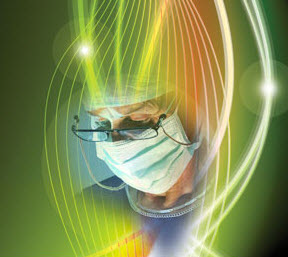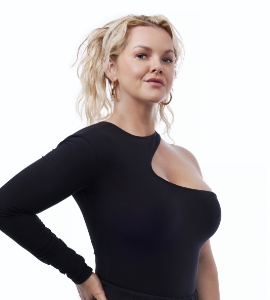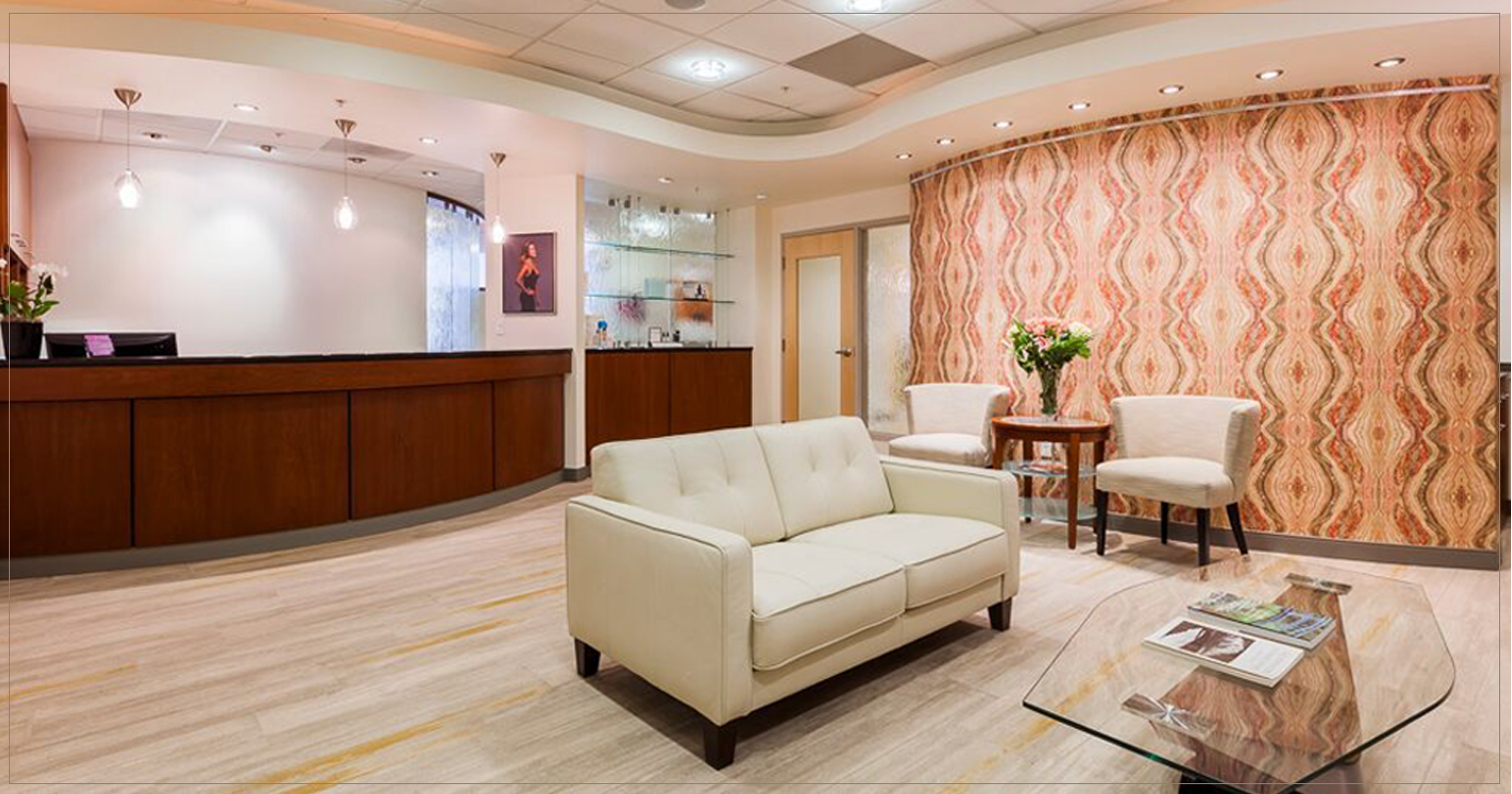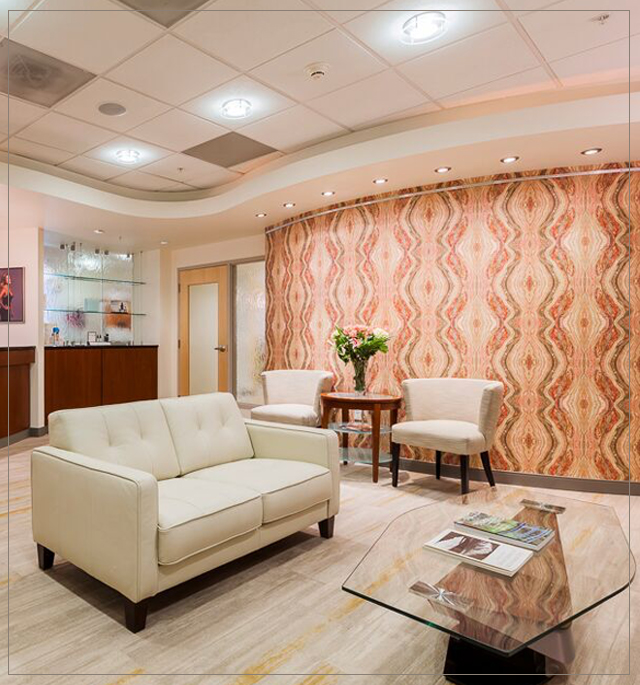
This Article Has Been Medically Approved By Dr. Timothy Connall
I recently attended the 2nd Technology in Plastic Surgery conference in San Francisco. The meeting was very informative, covering may key issues related to aesthetic and reconstructive surgery problems. Most plastic surgery meetings are about surgical technique- how to perform procedures in the operating room. This meeting was quite different. It was about science and technology to improve patient outcomes in the clinic and operating room settings.

Fat grafting was a huge topic and the most widely attended session of the conference. Most of the speakers addressed fat grafting technology and how it relates to breast augmentation and breast reconstruction with fat transfer. This area is very important to me and I have attended most of the major conferences on the topic in the last two and one-half years. I was happy to find that our technique is one of the most advanced and complete techniques being performed. I also obtained a new piece of instrumentation to aid with fat harvesting during liposuction. The meeting illustrated that there is much to learn about fat grafting to the breast, but the procedure appears to be growing rapidly and it is almost certainly here to stay. I think fat grafting is the beginning of the next logical step in breast augmentation- the tissue engineered breast. While it may be 15-30 years in the future, it is only logical that tissue engineering will evolve to treat many plastic surgery problems, including the need for breast enhancement.
 Another key session occurred on wound healing and scarring. Since I am involved in a clinical trial testing a drug to reduce scarring, this session was especially informative for me. Results of the drug trial I participated in were presented, as well as many other technologies to reduce post-operative scarring. Though scar-less surgery is probably not obtainable, the future is promising for a number of new methods to significantly reduce the size and cosmetic impact of surgical scars.
Another key session occurred on wound healing and scarring. Since I am involved in a clinical trial testing a drug to reduce scarring, this session was especially informative for me. Results of the drug trial I participated in were presented, as well as many other technologies to reduce post-operative scarring. Though scar-less surgery is probably not obtainable, the future is promising for a number of new methods to significantly reduce the size and cosmetic impact of surgical scars.
I heard a great lecture on wound healing showing how a new dressing can deliver extra oxygen to healing tissues. This technology is very exciting and might have many clinical applications for my patients. I am hoping to trial and research this dressing here in the months to come.
We also had a chance to hear a chat with Dr. Paul Berg, a Nobel Laureate for his contributions to genetic engineering. Dr. Berg’s research was critical to many technologies and medications that we take for granted today. It was a thrill to hear this great man tell his stories of how he developed as a scientist and how his discoveries occurred.
There is too much from the meeting to convey here. Overall, the topics were important and relevant to real problems our patients face every day, whether is it the need for an improved laser to treat the skin or a new lab test to help find ways for a patient to heal. It was exciting to hear about the science of the problems and the technologies and procedures that will solve them in the future.






